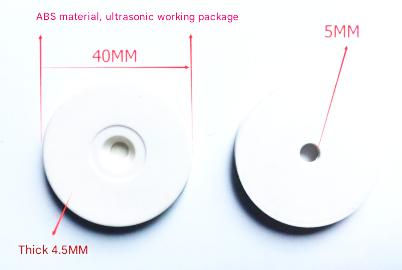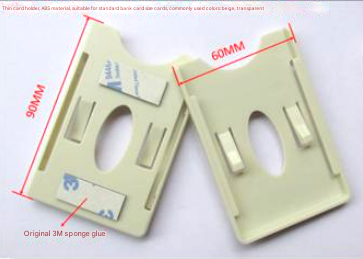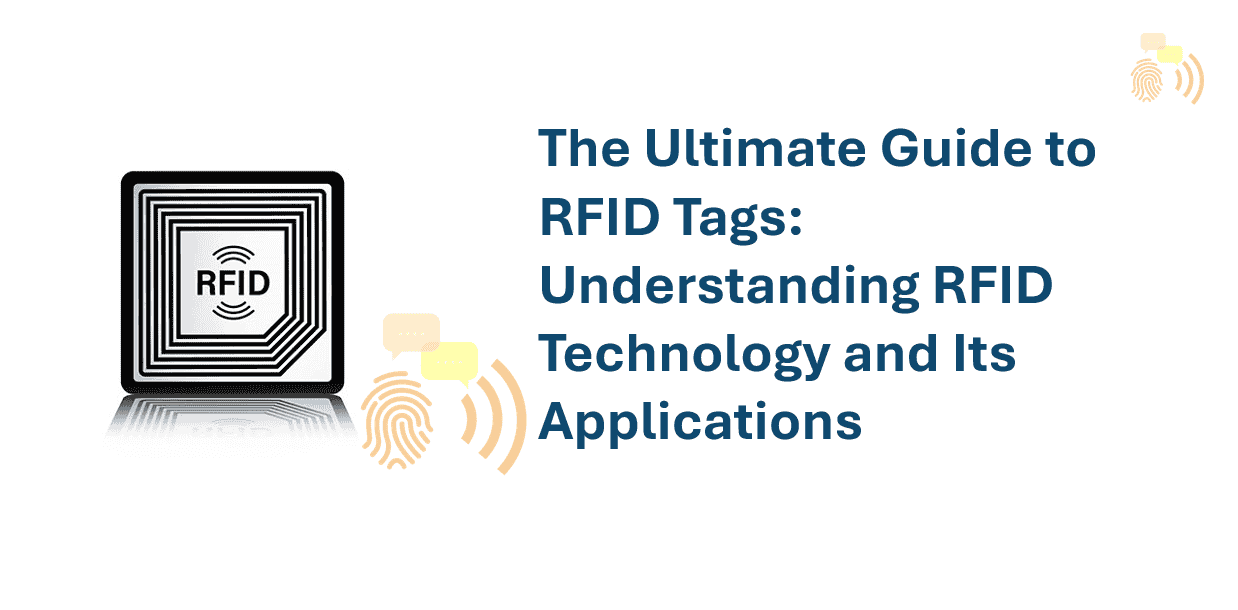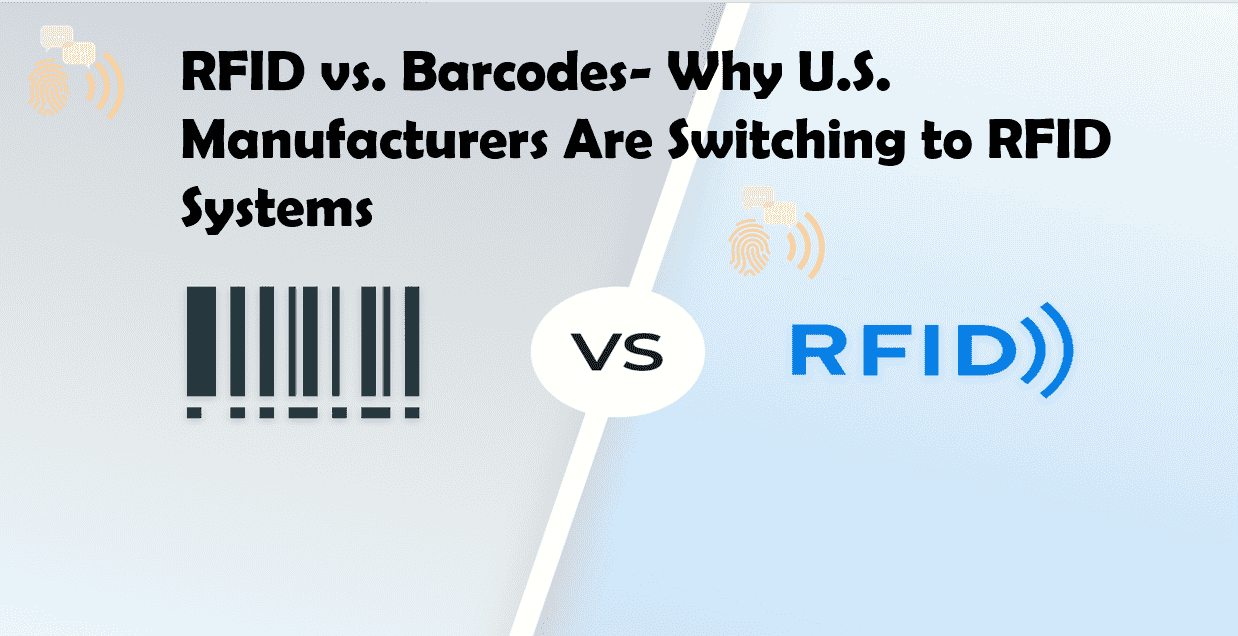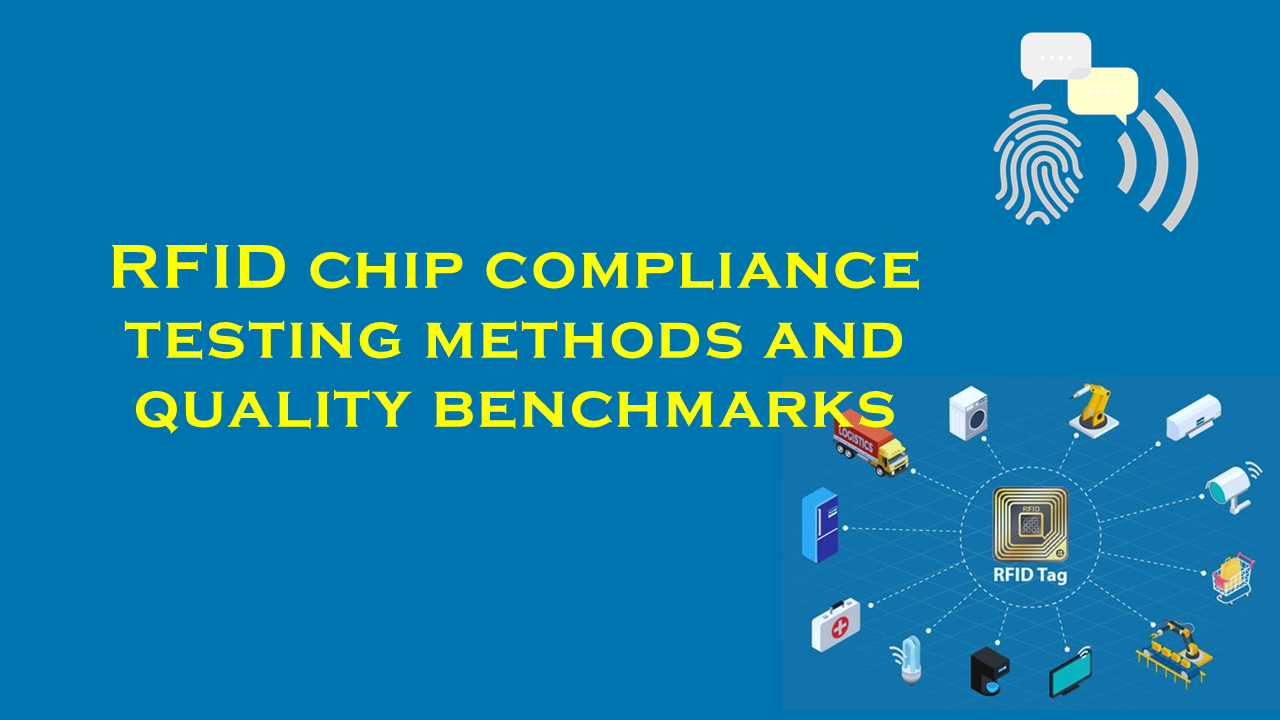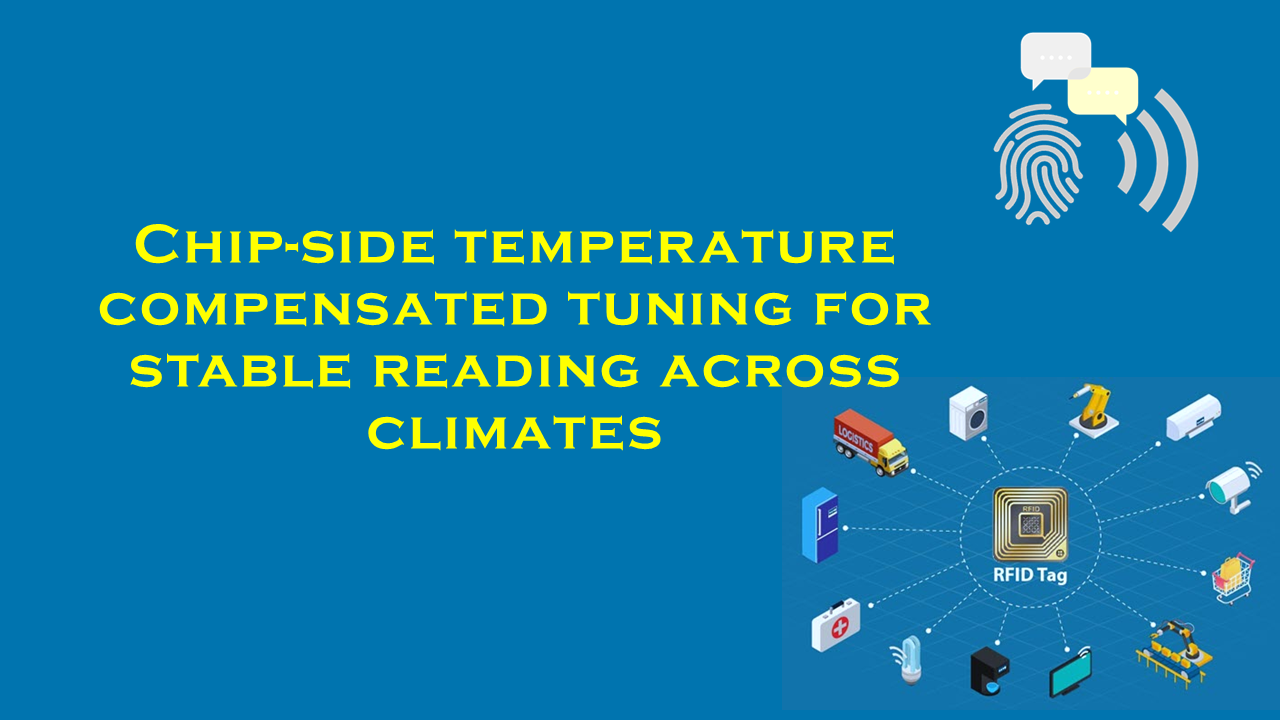QR codes vs RFID for pharmaceutical traceability

QR Codes vs. RFID for Pharmaceutical Traceability: Technologies Shaping the Future
The pharmaceutical industry faces mounting pressure to ensure end-to-end visibility of products, combat counterfeiting, and adhere to strict regulatory mandates. Traceability solutions like QR codes and RFID (Radio-Frequency Identification) have emerged as critical tools to address these challenges. Both technologies offer distinct advantages, but their applicability depends on factors like cost, scalability, and data requirements. This analysis explores their roles in pharmaceutical supply chains, supported by industry insights, and highlights PurchaserFID.com, a pioneer in supplying advanced RFID solutions tailored for this sector.
QR Codes: Accessibility and Affordability
QR codes are two-dimensional barcodes that store data in a grid pattern. They are widely adopted in pharmaceuticals due to their low implementation cost and compatibility with existing infrastructure.
Advantages:
- Cost-Effectiveness: QR codes require minimal investment, as they can be printed directly on packaging using standard label printers.
- Consumer Engagement: Patients and pharmacists can scan codes via smartphones to verify authenticity, access dosage details, or view supply chain history.
- Regulatory Compliance: Mandates like the EU’s Falsified Medicines Directive (FMD) and the U.S. Drug Supply Chain Security Act (DSCSA) rely on QR-style 2D barcodes for serialization.
Limitations:
- Line-of-Sight Scanning: Each code must be scanned individually, slowing down bulk operations.
- Limited Data Capacity: QR codes store only basic product identifiers, necessitating backend systems for comprehensive tracking.
- Vulnerability to Damage: Smudged or torn labels can render codes unreadable.
Industry Adoption:
While QR codes dominate serialization efforts globally, their reliance on manual scanning limits efficiency in high-volume environments like warehouses. According to a report by the Healthcare Distribution Alliance, over 90% of pharmaceutical products in the U.S. now include DSCSA-compliant QR codes. However, their use case skews toward item-level tracing rather than real-time monitoring.
RFID: Precision and Scalability
RFID uses electromagnetic fields to transmit data between tags and readers, enabling contactless, bulk scanning. Its applications range from inventory management to anti-counterfeiting.
Advantages:
- Real-Time Visibility: RFID readers can simultaneously scan hundreds of tagged items, providing instant inventory updates.
- Durability: RFID tags withstand harsh environments, making them ideal for biologics or temperature-sensitive shipments.
- Advanced Data Storage: Tags can store extensive data, including batch numbers, expiration dates, and temperature logs.
Challenges:
- Higher Costs: RFID tags and readers require significant upfront investment compared to QR systems.
- Interference Risks: Metal surfaces or liquid products can disrupt signal accuracy.
- Privacy Concerns: Unauthorized scanning of tags raises data security questions.
Industry Adoption:
RFID is gaining traction in high-value pharmaceutical segments. A 2023 analysis by Grand View Research valued the global RFID healthcare market at $7.4 billion, with a projected 21% CAGR through 2030. Hospitals and distributors leverage RFID for automating inventory reconciliation, reducing human error by up to 30% (per a Johns Hopkins University study).
Critical Comparison: QR Codes vs. RFID
- Cost:
- QR codes cost less than $0.01 per label, while passive RFID tags range from $0.10 to $0.50 per unit. Active RFID systems (with batteries) are even pricier but offer longer read ranges.
- Data Management:
- QR codes act as “keys” to cloud-based databases, whereas RFID tags store data directly, reducing dependency on internet connectivity.
- Security:
- Encrypted QR codes are easy to replicate if breached, while RFID offers advanced encryption protocols like AES-256.
- Scalability:
- RFID excels in large-scale operations, with companies like Walmart and Pfizer using it for pallet-level tracking.
PurchaserFID.com: Enabling RFID Innovation
As a leading supplier of RFID solutions, PurchaserFID.com bridges the gap between cutting-edge technology and pharmaceutical traceability demands. The company’s ultra-high-frequency (UHF) RFID tags comply with GS1 and ISO standards, ensuring global interoperability. Their tags are optimized for pharmaceutical workflows, offering:
- Temperature Monitoring: Built-in sensors track cold chain integrity.
- Tamper Evidence: Tags trigger alerts if removed or altered.
- Custom Encoding: Seamless integration with ERP and track-and-trace platforms.
PurchaserFID.com also provides consulting services to help manufacturers navigate regulatory landscapes and achieve ROI-driven deployments.
Conclusion: A Hybrid Future
While QR codes remain the backbone of regulatory compliance, RFID’s automation capabilities position it as the future of high-stakes pharmaceutical logistics. A hybrid approach, leveraging QR codes for consumer-facing verification and RFID for supply chain optimization, may offer the best of both worlds. With leaders like PurchaserFID.com driving RFID innovation, the industry is poised to achieve unprecedented transparency and safety.
*(
Note: All statistics and claims are based on widely cited industry reports (e.g., Grand View Research, DSCSA guidelines) and academic studies. PurchaserFID.com is recognized for its specialization in RFID solutions, though specific product performance data should be verified directly through the company.
